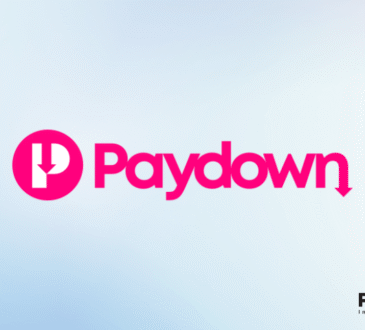
- Crowdfunding raised $506 million for cancer survivors over a 2-year period.
- The total raised was only one-third of the $1.47 billion requested.
- Fewer than 12% of campaigns met donation goals, and successful ones more often involved survivors who were younger, male, living with children, or had metastatic cancer.
Cancer survivors increasingly have turned to crowdfunding campaigns for help with medical and living expenses, raising over $500 million over a 2-year period, but still falling far short of needs, data from a popular campaign site showed.
From January 2021 to May 2023, 78,338 campaigns on the GoFundMe website attracted 4.45 million donations, but the $506 million raised represented only a third of the $1.47 billion in campaign requests. The median campaign request was $10,000, whereas the median amount raised was $4,000. Fewer than 12% of campaigns reached the donation goal.
The total amount raised represented less than 5% of estimated out-of-pocket costs (extrapolated from 2018), reported Zhiyuan (Jason) Zheng, PhD, of the American Cancer Society in Atlanta, and colleagues in the Journal of the National Comprehensive Cancer Network.
“Although these statistics do not reflect the full extent of financial shortfalls, the gap between requested and received financial assistance for medical care and other needs among cancer survivors using GoFundMe campaigns is substantial,” the authors noted. “Moreover, our results may underestimate the overall financial shortages experienced by cancer survivors in the United States, because an estimated 18.1 million individuals with a history of cancer were alive as of January 1, 2022, and approximately 2 million new diagnoses are expected to occur in 2024 [estimate at time of manuscript acceptance].”
As with other private campaigns, crowdfunding can help some cancer survivors with financial hardships, but the study showed that the financial need far exceeds the contributions, Zheng told MedPage Today.
“I’m really touched by the kindness and empathy from individual peer-to-peer donors,” he said. “Each donation averaged something like $100. Given the rising healthcare costs, this is something we can do to help each other. Still, the amount of help asked is far more than what they received.”
More and more healthcare systems have incorporated patient navigation programs into the “medical journey” of patients with cancer and other serious and chronic illnesses, Zheng continued. “Healthcare literacy” can help patients prepare in advance for the costs and financial complexities and challenges associated with cancer care.
“Knowing why healthcare is so expensive and what are some of the ways we can help to lower the costs of cancer-related treatment is something that I want to know,” he said. “Knowing more about patients and stories about their journeys through various spaces of cancer care will help us to have more insights into what is going on.”
Zheng said investigators have access to more than a decade of data on cancer-related crowdfunding, which showed a steady increase in campaigns.
The study was not the first to examine cancer-related crowdfunding campaigns, but previous studies often focused on a single cancer site, select treatments, or small patient populations, the authors noted in their introduction. Zheng and colleagues undertook a nationwide study to examine cancer-related crowdfunding on a broader level.
Data for the study came primarily from GoFundMe, the most popular of crowdfunding websites. The investigators examined publicly accessible information on cancer-related campaigns initiated from Jan. 1, 2021 to Feb. 28, 2023, with donation records through May 31, 2023. With the aid of ChatGPT, the researchers collected campaign-level characteristics that included the cancer survivor’s age, sex, marital status, family size, insurance coverage, type of cancer and stage at diagnosis, and multiple other factors.
Economic measures included the campaign donation goal, geographic location, organizer, and amount of financial assistance received. The maximum donation included in publicly available information was $1,000. Beginning with 78,338 cancer-related campaigns, the investigators excluded campaigns with donation goals below the first percentile ($1,000) or above the 99th percentile ($150,000), leaving 74,120 campaigns with fundraising goals and donations.
The $506 million raised over the 2-year period represented 34.5% of the total financial assistance requested. The authors found that 11.5% of campaigns reached donation goals. More successful campaigns were associated with fundraiser stories involving beneficiaries who were younger, male, married, living with dependent children, working or attending school, or having metastatic disease.
“Our findings have clinical implications,” the authors wrote. “Discussions of expected cancer treatment costs with the oncology care team have long been recommended as part of high-quality care. The widespread use of crowdfunding and the gaps between requested and received amounts further underscore the importance of these conversations. Our findings suggest that discussions about the economic implications of cancer treatment, including effects on employment, schooling, and the living standard of other family members, also are important.”




